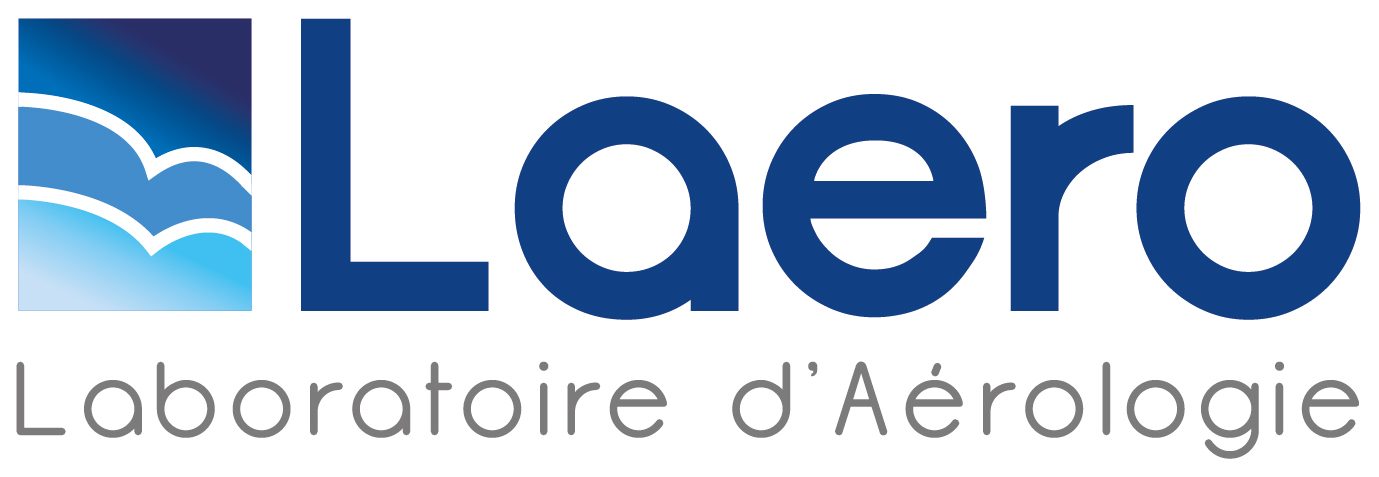
- Cet évènement est passé.
M. Jome : Utilisation des observations long-terme des interactions surface-atmosphère pour une meilleure évaluation des modèles numériques de prévision du temps et du climat
19 décembre 2024 @ 14h00 – 17h00 CET
Les échanges d’énergie entre la surface et l’atmosphère jouent un rôle majeur dans le fonctionnement du système Terre. Ces échanges sont représentés dans les modèles de prévision du temps et du climat et sont évalués et validés grâce à des observations. Mais plus la surface est hétérogène, plus ces échanges sont complexes, et donc difficiles à mesurer et modéliser. La modélisation de ces échanges est d’ailleurs la seconde source d’erreur la plus importante dans les modèles numériques. Afin de réduire ces erreurs, une évaluation précise des échanges surface-atmosphère dans les modèles est essentielle. Cette thèse a pour but d’étudier les mesures expérimentales de ces échanges, leurs erreurs et leur représentativité, dans des conditions hétérogènes afin d’améliorer la comparaison modèle-observation. Ce travail a mis en place une méthodologie de caractérisation de la mesure qui sera appliquée aux sites de mesure permanents qui servent quotidiennement à évaluer les modèles numériques.

The land surface, through its topography, soil moisture, temperature or vegetation activity, impacts the atmosphere from daily to seasonal time scale. Recent studies have pointed out the importance of the land-atmosphere coupling for weather and climate models and that outstanding errors in the modelling of surface fluxes of momentum, sensible and latent heat is the second most important issue in these models. To reduce these biases, an accurate assessment of the land-atmosphere exchanges and their correct representation are essential for weather and climate forecasts. The Models and Observations for Surface-Atmosphere Interactions (MOSAI) project aims at contributing to this effort.
The main objective of this PhD corresponds to the first scientific objective of this project. It deals with investigating and determining the uncertainty and representativity of surface fluxes measured over heterogeneous landscapes. The PhD takes advantage of long-term measurements around permanent reference sites to estimate (1) the evolution of measurement uncertainties with surface heterogeneity and (2) the representativeness of the local measurements in the heterogeneous landscape. This is a necessary step towards a fair evaluation of the models in order to avoid blaming the numerical models for wrong reasons.
A first set of indicators quantifies the surface heterogenity at a local and landscape scale. These indicators are compared to surface fluxes errors to investigate how surface heterogeneity can impact the land-atmosphere interactions measurements. Two errors are studied: the Surface Energy Balance non-closure and the random error. While the non-closure is site-dependent, exceeding 20% of the net radiation, the random error is rather homogeneous with a yearly average value evolving around 10% of the surface flux. We found the surface heterogeneity to be weakly correlated to the Surface Energy Balance non-closure and moderately correlated to the random error when considering landscape scale surface heterogeneities. This suggests that surface heterogeneity is a contributing factor but other variables come into play.
A second indicator addresses the horizontal representativity of the surface fluxes measurement in a heterogeneous landscape. Combining land-use maps with measured land-atmosphere exchanges, area averaged fluxes are estimated for two model grid-mesh scales. The Representativity Indicator quantifies in what extent the permanent station represents the aggregated flux. Focusing on the 10% least representative cases, we have found extreme conditions (dry and warm for the latent heat flux and humid and cold for the sensible heat flux) to contribute to the lack of representativeness. However, caution is necessary: the conditions found are necessary but not sufficient. A final part of the PhD is dedicated to intensifying land-atmosphere exchanges measurements to monitor surface heterogeneity. A more affordable method, based on Artifical Neural Networks, is tested to estimate surface fluxes. The results of these studies are convincing. The estimated fluxes are not, on a half-hourly basis, strictly identical to te measured surface fluxes, but they will allow for monitoring of the instrumented covers to adequately study their evolution throughout the year. In conclusion, this work represents an important first step toward better documenting surface flux measurements, their associated errors, and their representativity within heterogeneous landscapes. By providing a comprehensive analysis of measurement uncertainties and developing new indicators for flux representativity and surface heterogeneity, this research aims to help with model-observation comparisons. Furthermore, the results from Artificial Neural Networks suggest a promising approach for monitoring a broader range of surfaces at a lower cost.
